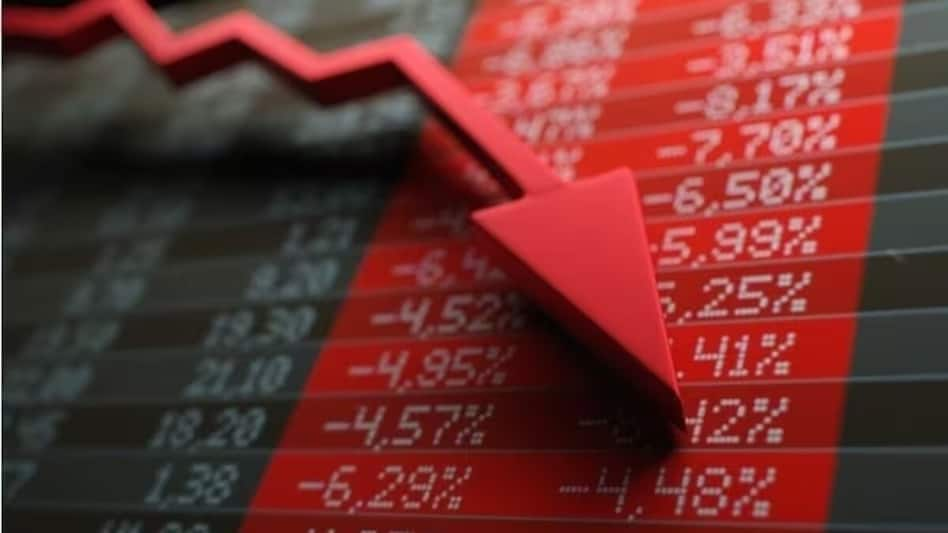 A few technical analysts turned cautious on the stock.
A few technical analysts turned cautious on the stock. A few technical analysts turned cautious on the stock.
A few technical analysts turned cautious on the stock.Equitas Small Finance Bank shares extended their losing streak for the fourth consecutive session on Monday, slumping 6.31 per cent to close at Rs 63.58. The sustained weakness follows the bank's provisional business update for the quarter ended on June 30, 2025, which revealed mixed operational trends and a worrying spike in asset quality stress, especially in its microfinance segment.
The lender reported gross advances at Rs 38,034 crore, marking a 9.07 per cent year-on-year (YoY) increase. However, its microfinance and micro loan portfolio shrank sharply by 34.44 per cent YoY to Rs 3,916 crore. In contrast, non-microfinance advances grew 18.06 per cent YoY to Rs 34,118 crore. On the liabilities side, total deposits rose 18.27 per cent YoY to Rs 44,379 crore, while CASA deposits were up 11.33 per cent at Rs 13,053 crore. The CASA ratio remained steady at 29 per cent.
Despite strong deposit growth, investor sentiment was dented by deteriorating asset quality. Overall net slippages rose to 4.35 per cent from 3.16 per cent in the previous quarter, with slippages in the microfinance segment spiking to 19.75 per cent from 12.85 per cent in Q4 FY25.
A few technical analysts turned cautious on the stock. The Rs 60 mark is seen as a critical support and a breach below this level could trigger further selling pressure.
Osho Krishan, Senior Analyst – Technical & Derivative Research at Angel One, noted, "The stock has been consolidating post a steep correction last year. The Rs 60 level is expected to act as key support, while Rs 70-72 serves as a significant resistance zone."
Kunal Kamble, Senior Technical Research Analyst at Bonanza Portfolio, echoed the cautious tone. "A breakdown below the Rs 63 support level would confirm a bearish pattern, with downside targets of Rs 59.52 and Rs 55. We recommend avoiding fresh positions at the current levels," Kamble said.
With asset quality issues weighing heavily and technical indicators turning bearish, analysts believe it is prudent for investors to remain on the sidelines for the near term until clearer signals of stability emerge.